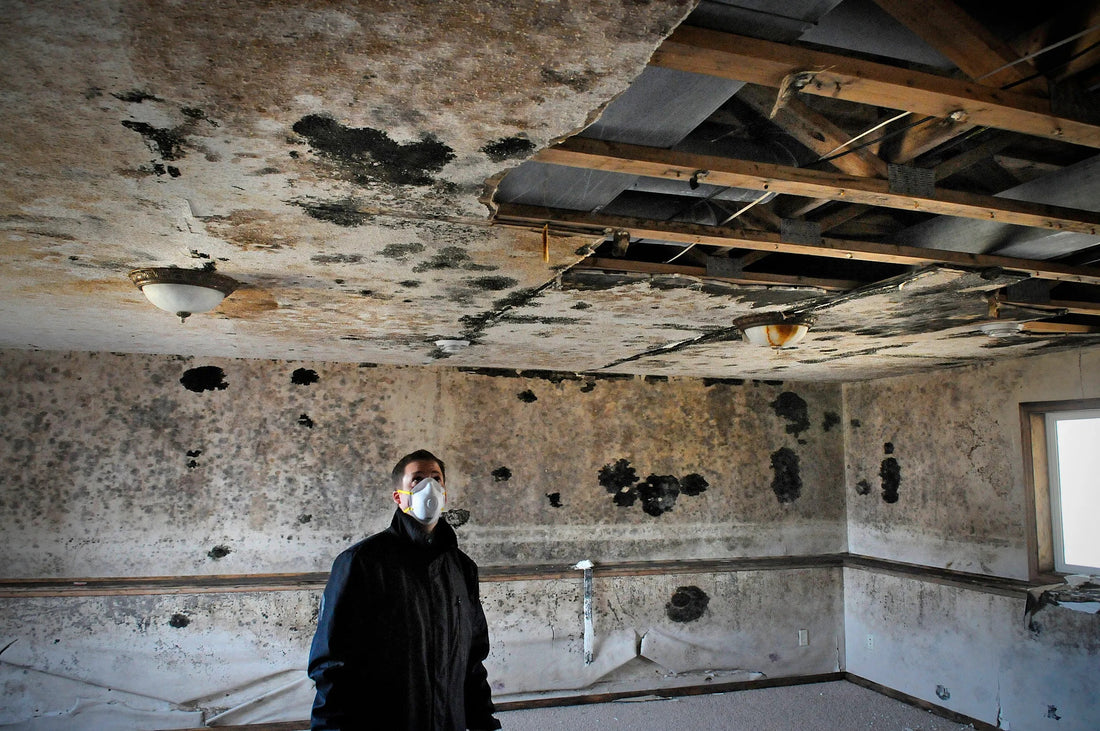
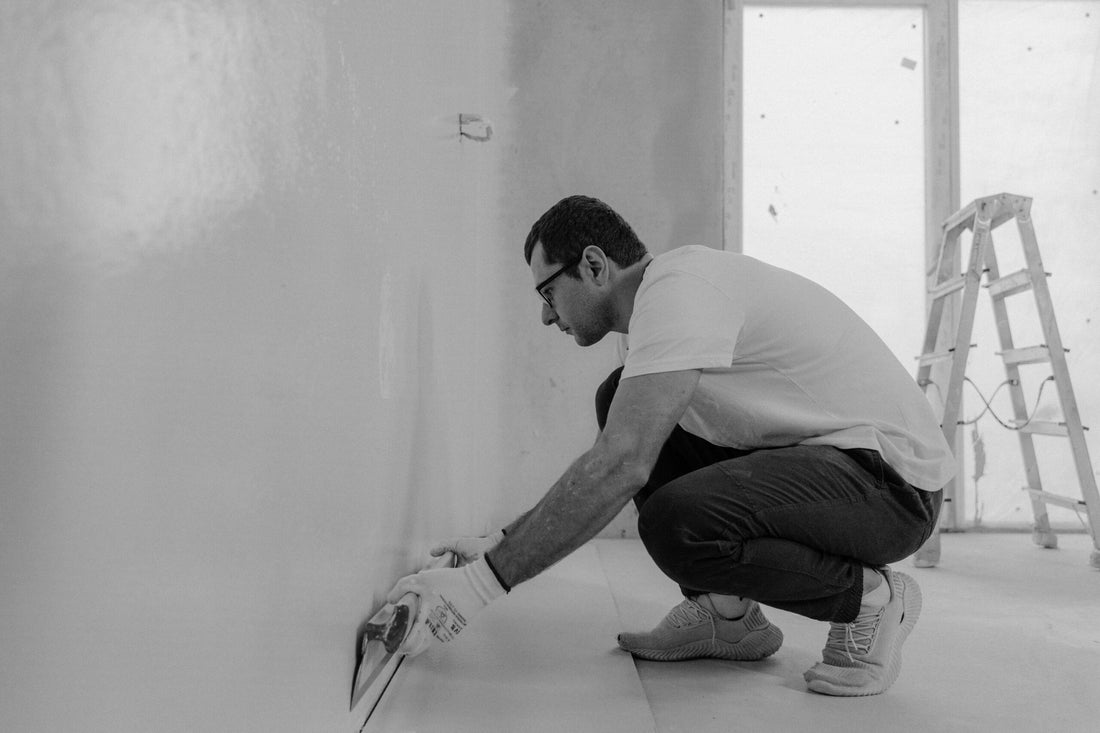
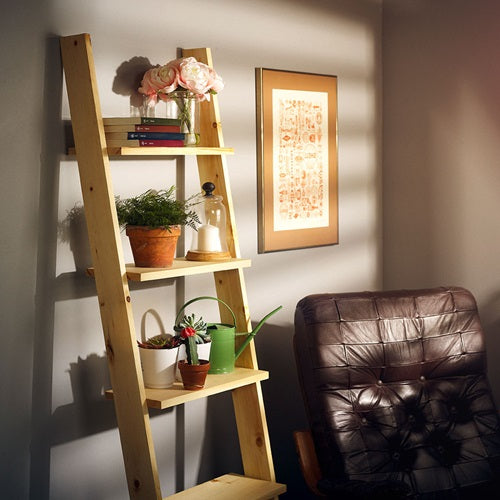
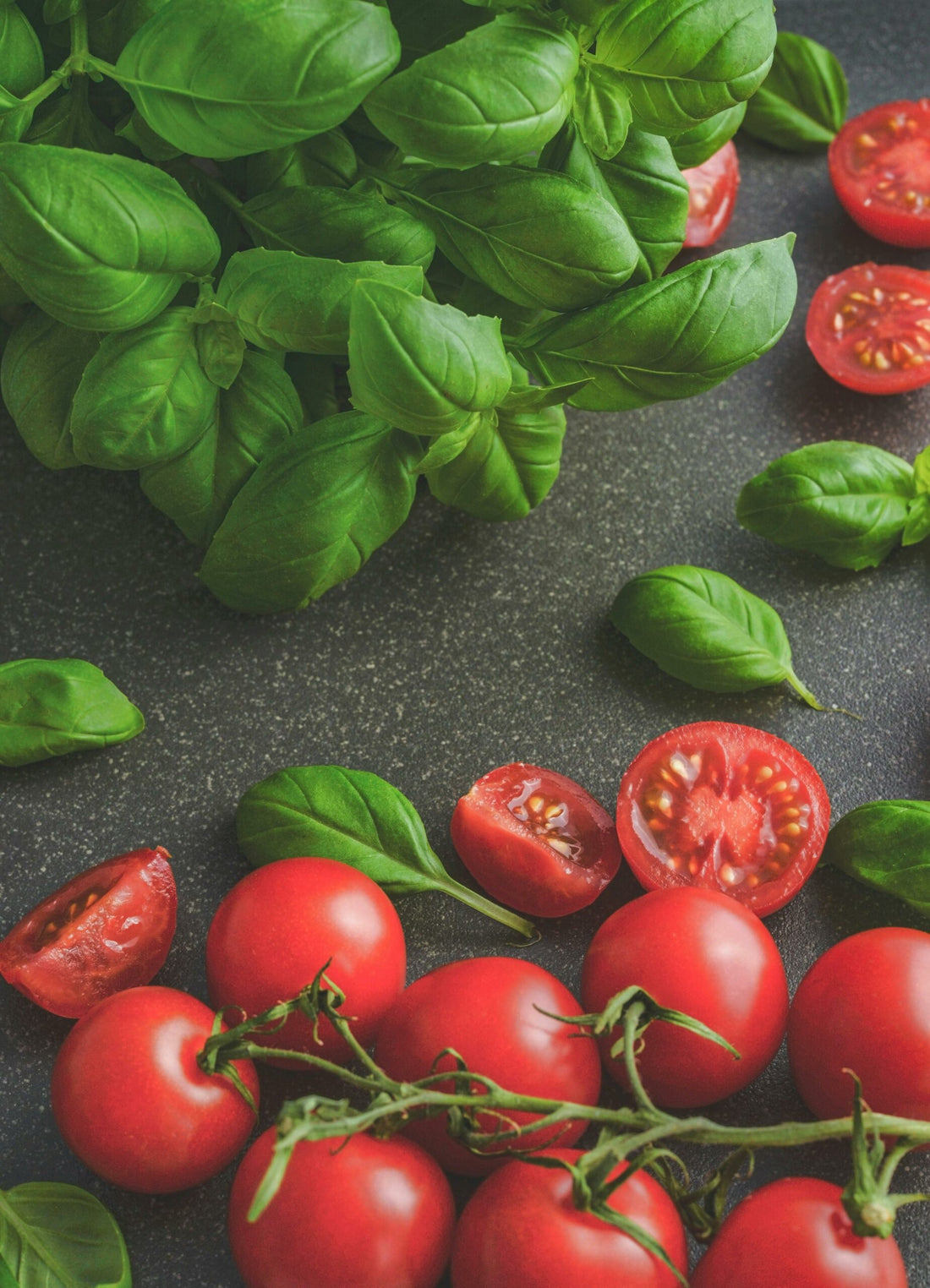
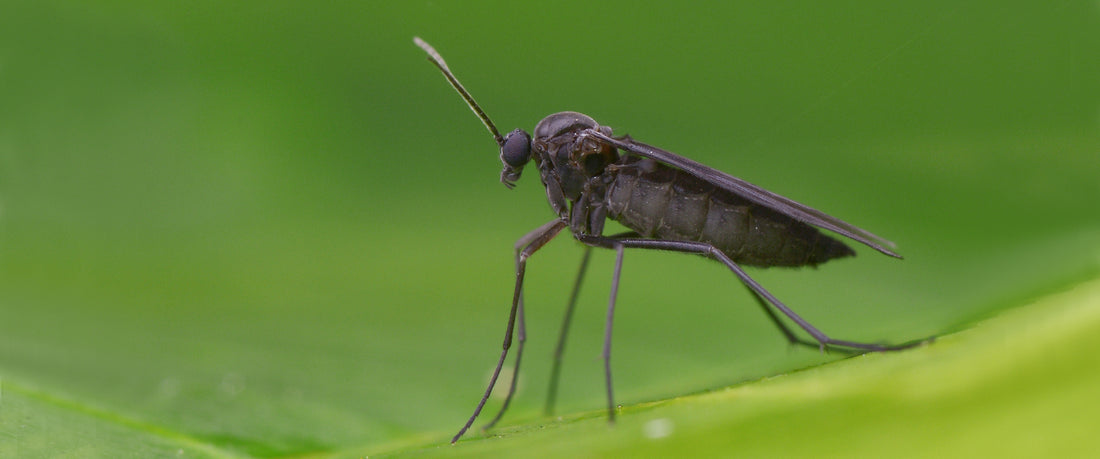
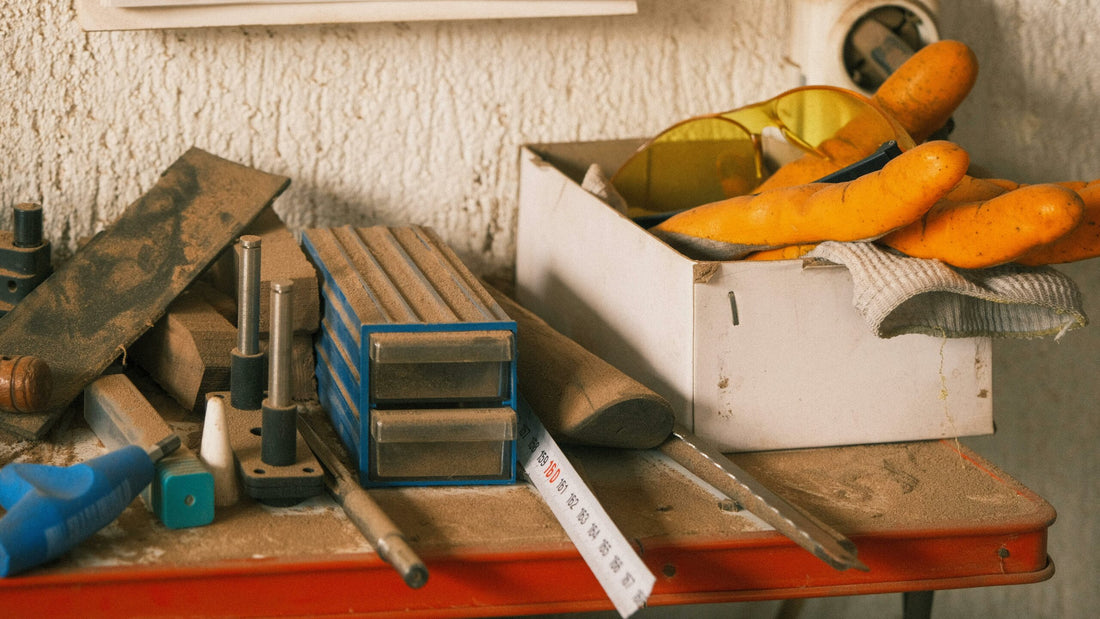
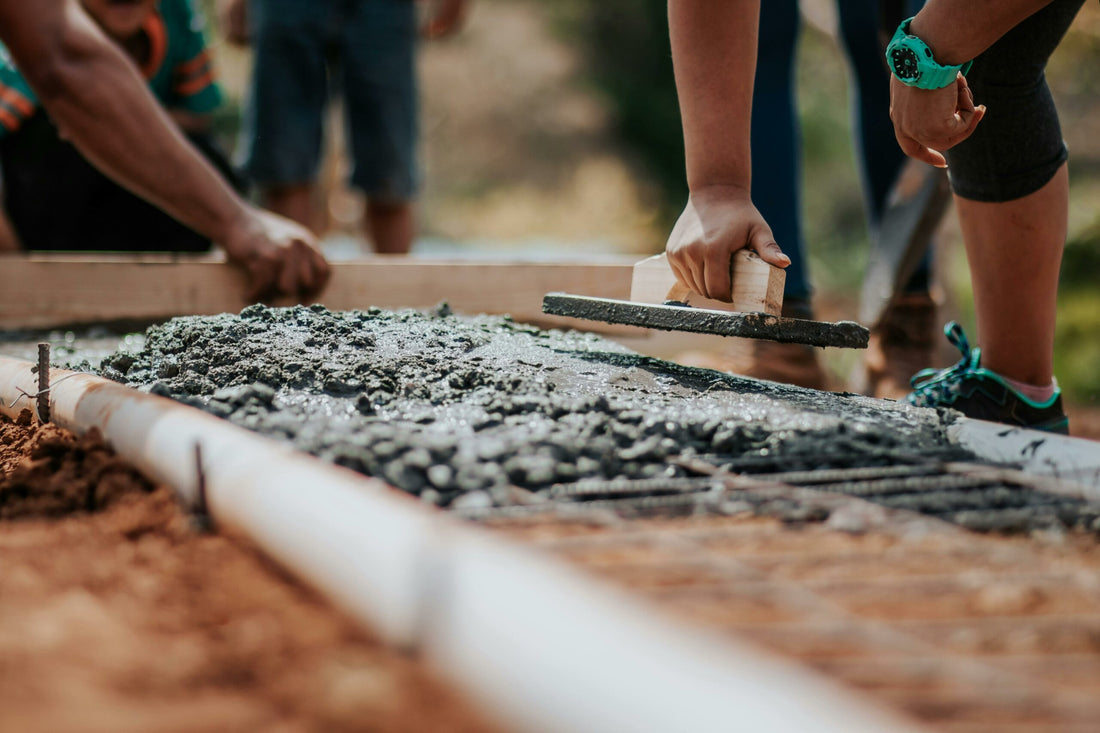
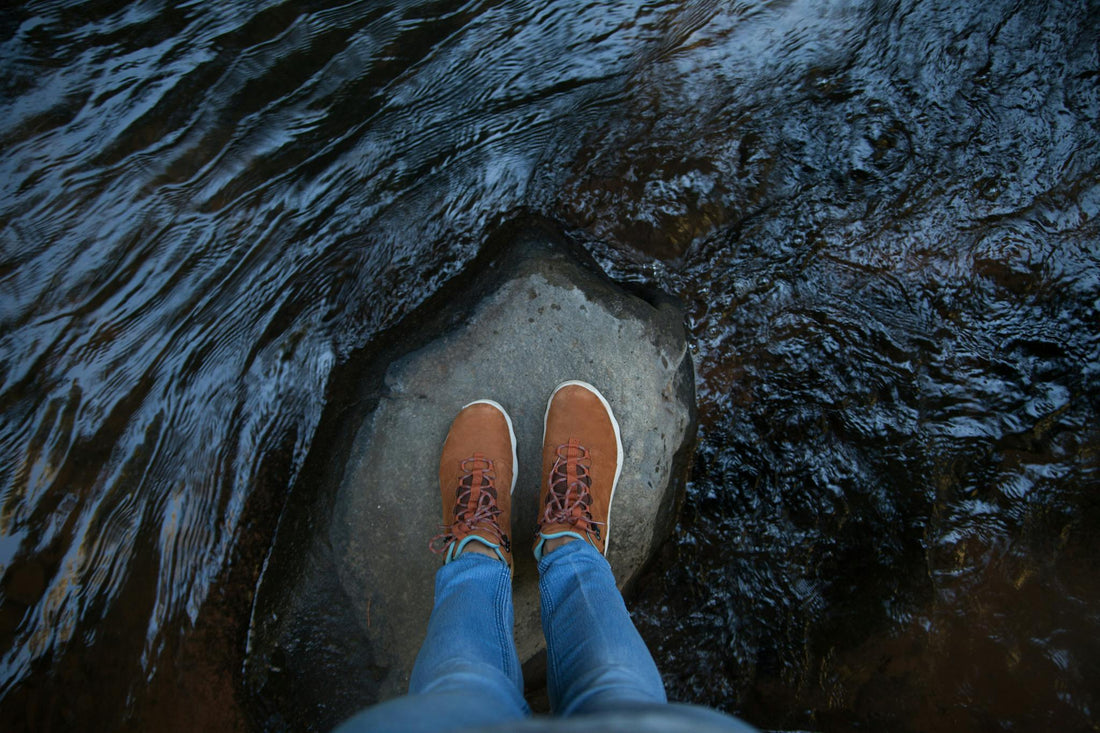

The Ultimate Guide to Safely Removing Mold: Tips and Tricks

Mold is a common problem that many homeowners face, especially in areas with high humidity or moisture. Not only can mold cause unsightly stains and odors, but it can also pose health risks, especially for those with respiratory issues. In this guide, we’ll explore effective methods for safely removing mold and preventing its return.
Identify the Mold
Before you begin the removal process, it’s crucial to identify the type of mold you’re dealing with. Not all molds are created equal, and some may require professional intervention. Common types of household mold include Aspergillus, Cladosporium, Penicillium, and Stachybotrys (black mold). If you’re unsure about the type of mold present, consider hiring a professional for an accurate assessment.
Safety First
Mold removal can release spores into the air, which can be harmful if inhaled. Therefore, it’s essential to prioritize safety during the removal process. Wear protective gear such as gloves, goggles, and a mask to prevent direct contact with mold and minimize respiratory exposure. Additionally, ensure proper ventilation by opening windows and using fans to circulate air.

Choose Your Cleaning Solution
There are several effective cleaning solutions for removing mold, depending on the surface and severity of the infestation. Common options include:
Vinegar: A natural and cost-effective solution, vinegar can kill most types of mold on non-porous surfaces. Simply spray undiluted white vinegar on the affected area, let it sit for an hour, then scrub with a brush and rinse thoroughly.
Hydrogen Peroxide: Effective against stubborn mold stains, hydrogen peroxide can be applied directly or in a 3% solution for porous surfaces like wood or drywall. Let it sit for 10-15 minutes before scrubbing and rinsing.
Bleach: While bleach is potent against mold, it should be used with caution due to its harshness and potential damage to surfaces. Use a diluted bleach solution (1 cup of bleach per gallon of water) for non-porous surfaces, and wear gloves and eye protection.
Commercial Mold Cleaners: There are numerous commercial mold cleaners available, such as mold and mildew removers or fungicidal sprays. Follow the manufacturer’s instructions carefully and test in a small area before widespread use.
Scrub and Rinse
Once you’ve applied the cleaning solution, use a stiff brush or sponge to scrub the moldy area thoroughly. Pay attention to seams, corners, and crevices where mold can hide. After scrubbing, rinse the area with clean water and allow it to dry completely. Proper drying is crucial to prevent mold regrowth.
Preventive Measures
To prevent mold from returning, address the underlying moisture issue. Repair leaks in pipes, roofs, or windows, improve ventilation in bathrooms and kitchens, and reduce indoor humidity with dehumidifiers or proper air circulation. Regularly inspect and clean areas prone to moisture, such as basements, attics, and crawl spaces.

When to Call a Professional
While minor mold infestations can often be handled DIY, larger or persistent mold problems may require professional remediation. Consider hiring a certified mold remediation specialist if:
- The affected area is larger than 10 square feet.
- The mold is extensive or located in hard-to-reach areas.
- You have underlying health concerns or respiratory issues.
- DIY methods have not been effective in removing the mold.
By following these tips and taking proactive measures, you can effectively remove mold from your home and create a healthier living environment for you and your family. Remember to prioritize safety, identify the type of mold present, choose the right cleaning solution, and address underlying moisture issues to prevent future mold growth.
